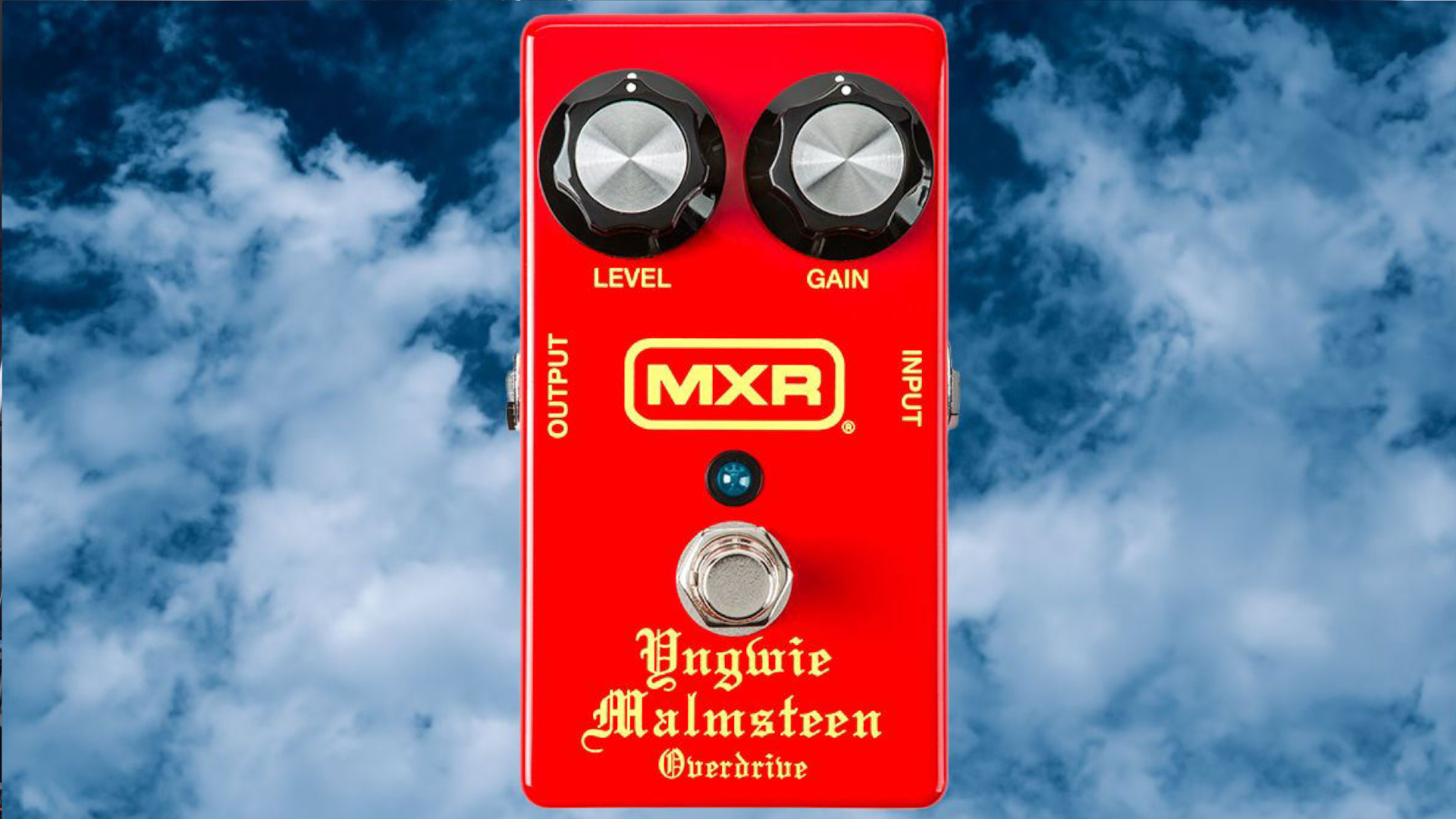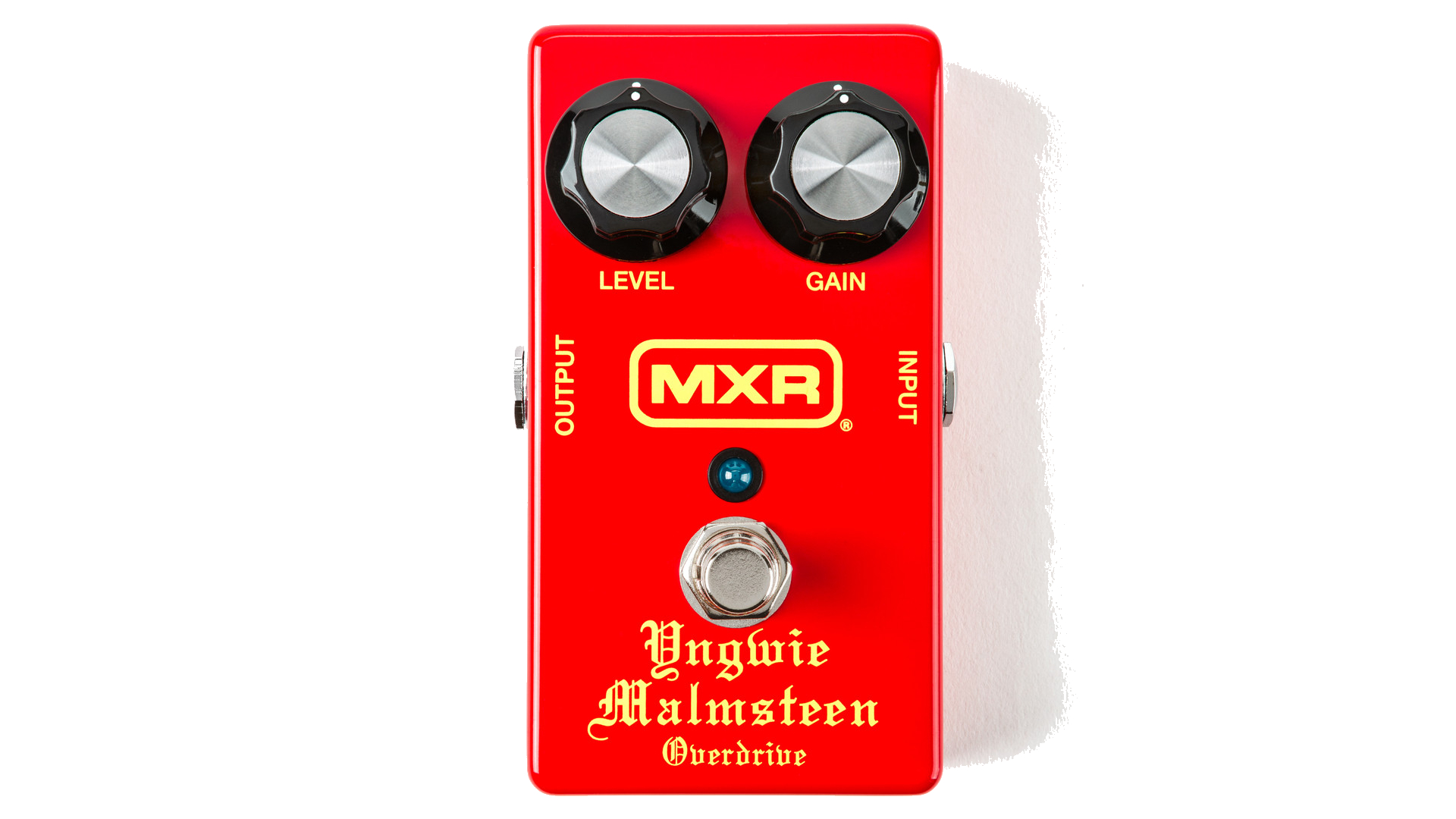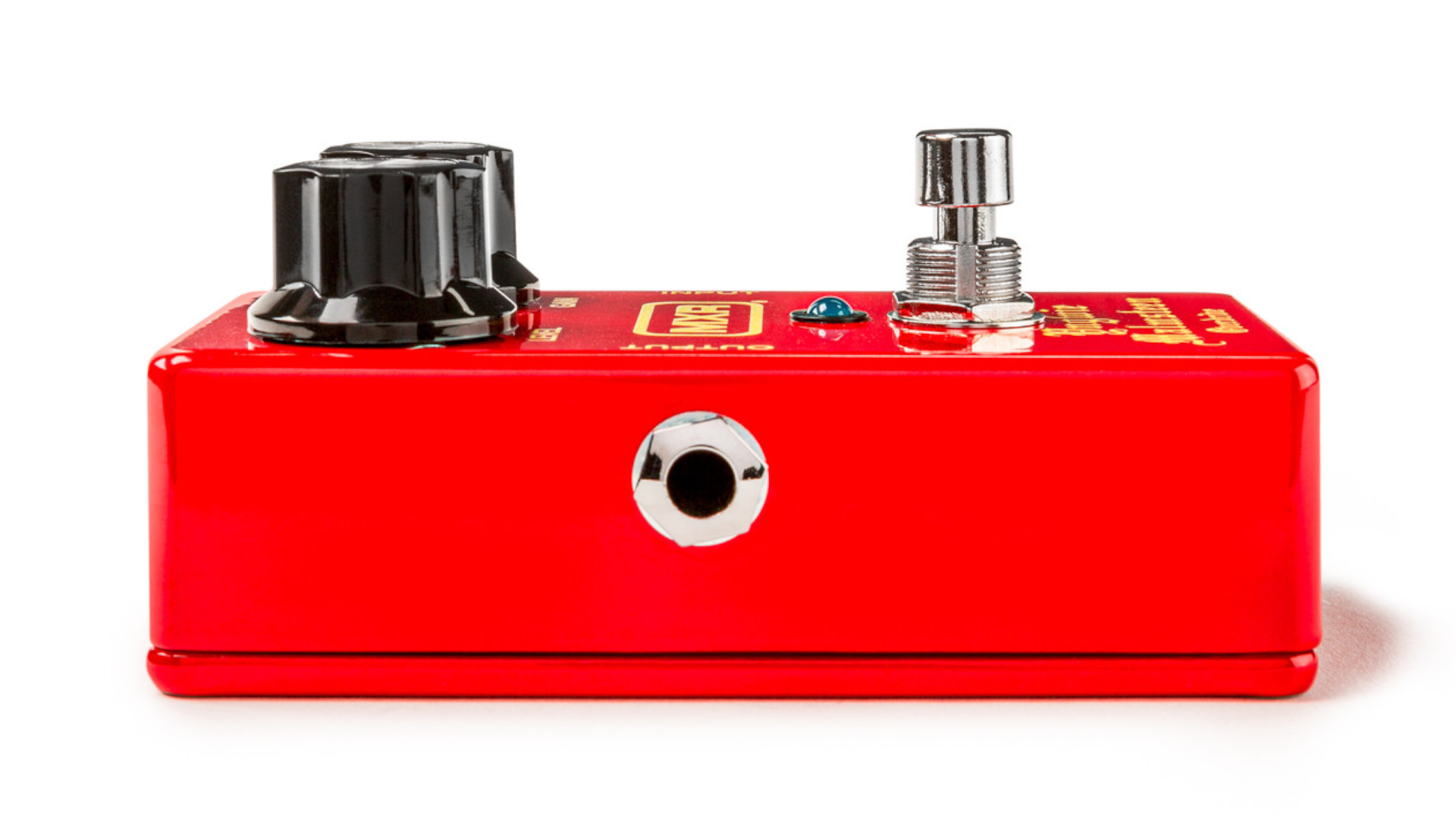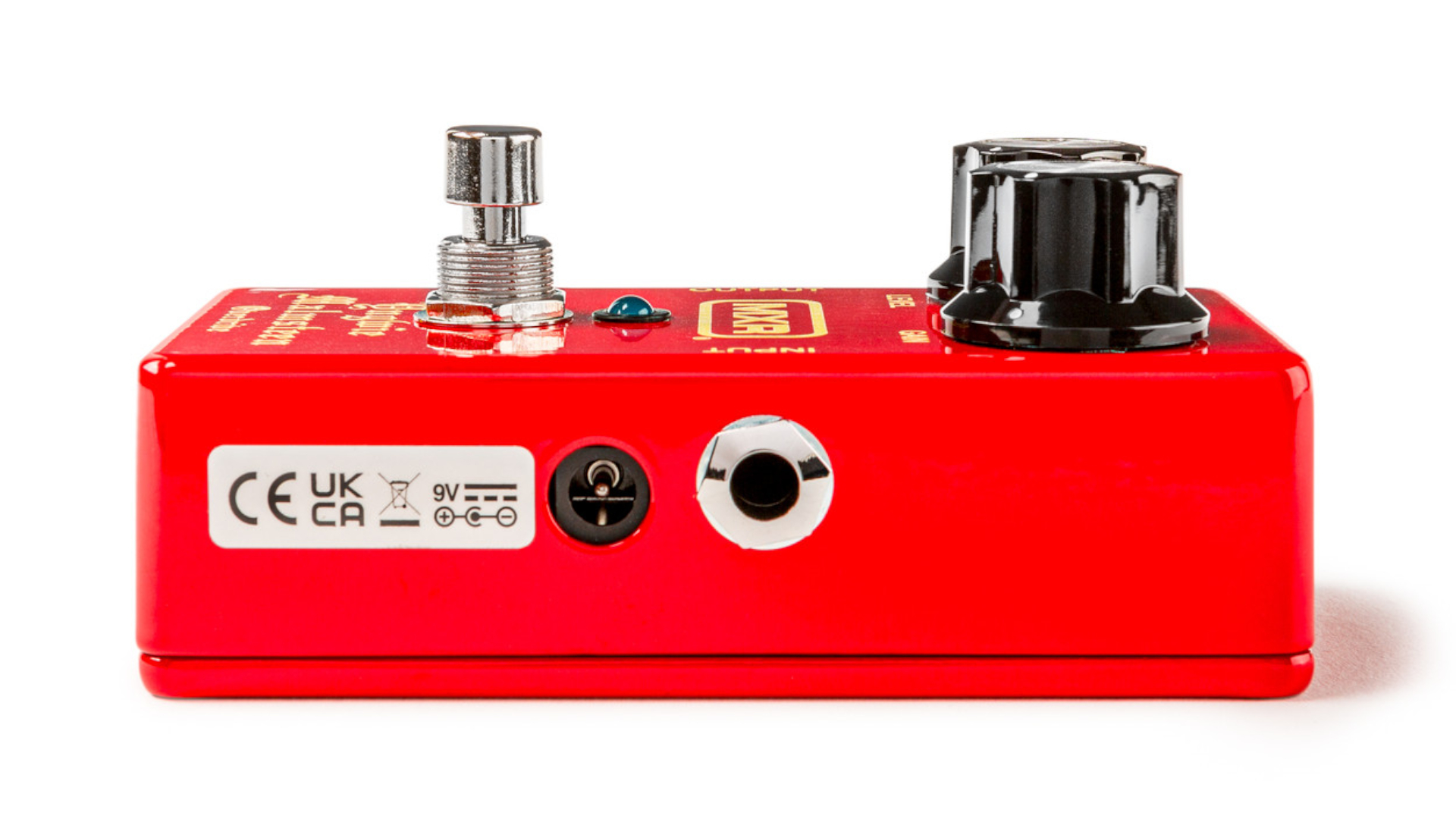“From the very beginning, I had something in my head… I had a sound.” Yngwie Malmsteen reveals the 60-year history behind his new MXR signature overdrive
As the Swedish virtuoso tells Guitar Player, “I wanted a Marshall. But it wasn’t enough to create the sound in my head.”

MXR’s Yngwie Malmsteen Overdrive pedal may be the company’s latest addition to its stomp box lineup. But as Ynwgie tells Guitar Player, the effect unit was some 60 years in the making. And it all started with the Swedish guitarist’s search for a signature tone.
“When I started out in Sweden, there was one TV channel from six to 10 p.m.,” he explains. “There was no information. There were no magazines. I didn’t know what guys like Hendrix or Blackmore were doing. I saw pictures where they had a Marshall. That was it. That’s all I knew. And Marshall made an amplifier called the Master Volume, and before then, they made the Plexi, with four inputs but no master volume, and there wasn’t much distortion.
“I wanted a Marshall, but it was very expensive. But suddenly, those Master Volume’s became obsolete. Nobody wanted them, and they piled up in stores, collecting dust. I’d buy them for, like, 30 bucks a piece, so I’d have more Marshalls than anybody.”

But as Yngwie quickly learned, all the Marshall amps in the world weren’t enough to create his elusive desired tone.
“From the very beginning, I had something in my head," he says. "I had a sound. When I was 13, I had this bright idea that I wanted to take the precise and fluid notes of a violin and do that on guitar. I wanted huge octave shifts without moving my hand, you know? That’s what I was going for.
“But whenever I would plug into, say, a more modern amp with high gain, to me that’s high gain, but it’s not a complete sound. The notes were too separated."



He soon realized the missing ingredient: an overdrive pedal. With that in his rig, Yngwie would go on to become a guitar hero virtually overnight thanks to a feature in the February 1983 issue of Guitar Player.
All the latest guitar news, interviews, lessons, reviews, deals and more, direct to your inbox!
But finding the right one was a matter of trial and, mostly, error.
“I tried everything, and one day I found the DOD [Overdrive Preamp] 250. I bought it and put it between my amp and the Stratocaster, and I got the sound,” he says. “It’s the fucking sound that I have now. I never changed it.”
What did change over the years was the means by which Yngwie achieved his desired tone. In 2015, Fender gave the Strat-wielding guitarist his own signature stomp box: the Yngwie Malmsteen Overdrive. “It was very good, but they decided they would stop making it because there was no market,” Yngwie explains.
“That's when I started talking to MXR. We went back and forth, and we made the perfect one. The noise floor is the lowest, and the gain stage is the highest that you can get. It’s not a distortion pedal; it’s what you put into the guitar. The guitar signal comes into it and gets a boost into the preamp of the Marshall. The Marshall reacts to it in a way that compresses and distorts the signal, so it’s more like a smooth violin guitar sound.”
So be aware that if you’re looking for that fluid, overdriven Yngwie Malmsteen tone, you’ll need more than a Strat and a Marshall tube amp. “You can’t just take a Strat and plug it into a Marshall and have the sound,” Yngwie says. “You have to have this. I’ve always had a version of it since day one, which was what? Sixty fucking years ago?”
Andrew Daly is an iced-coffee-addicted, oddball Telecaster-playing, alfredo pasta-loving journalist from Long Island, NY, who, in addition to being a contributing writer for Guitar World, scribes for Rock Candy, Bass Player, Total Guitar, and Classic Rock History. Andrew has interviewed favorites like Ace Frehley, Johnny Marr, Vito Bratta, Bruce Kulick, Joe Perry, Brad Whitford, Rich Robinson, and Paul Stanley, while his all-time favorite (rhythm player), Keith Richards, continues to elude him.

